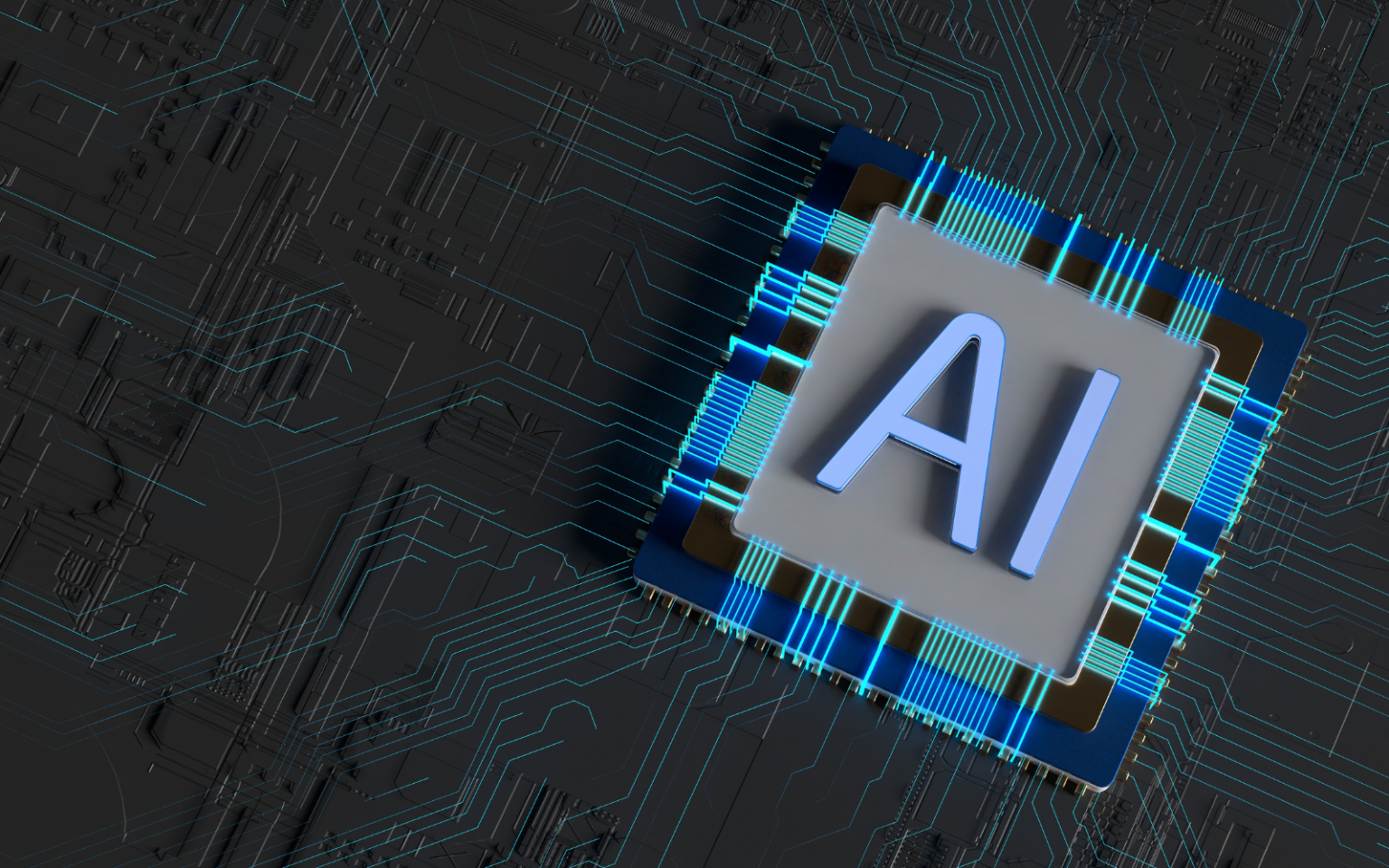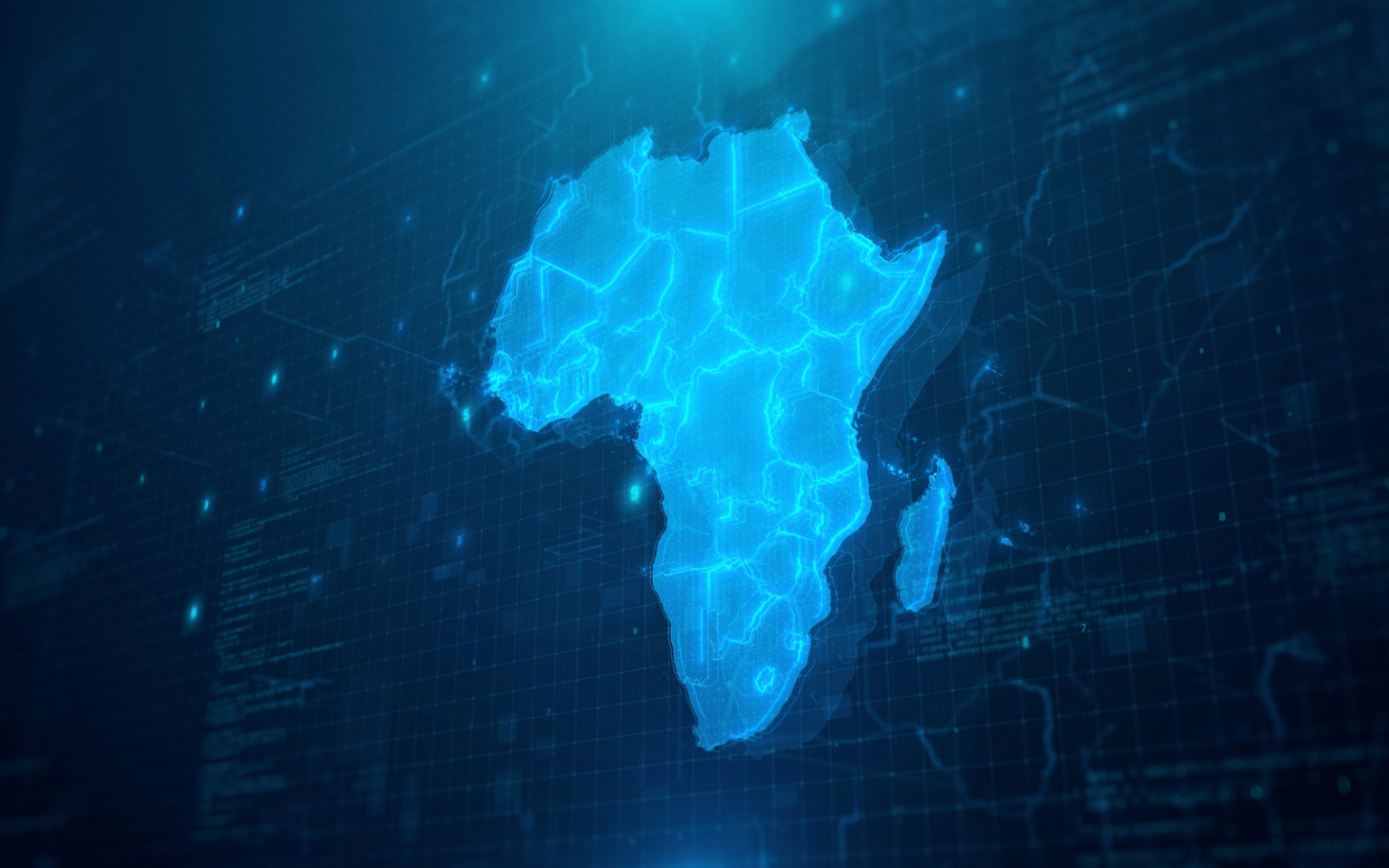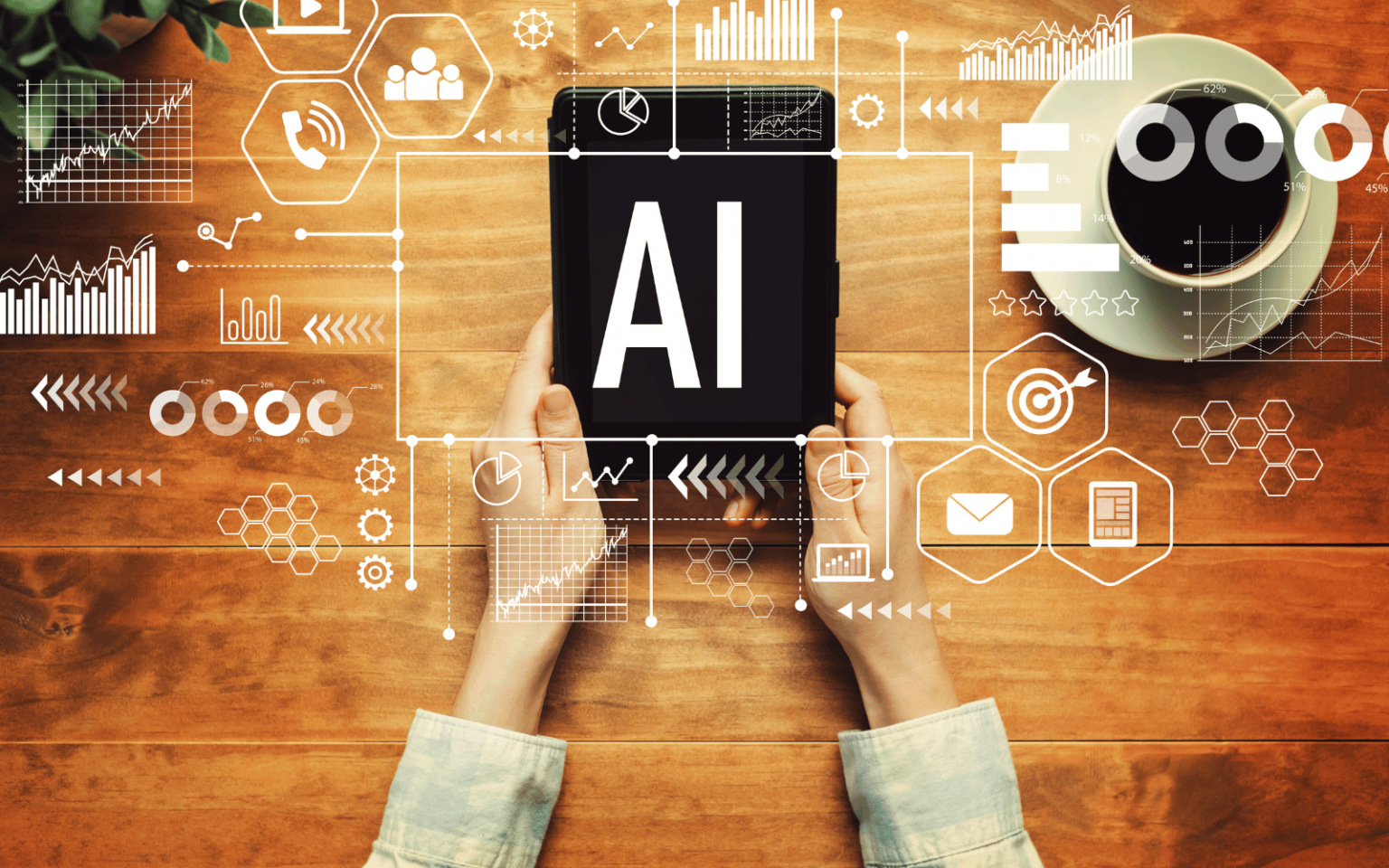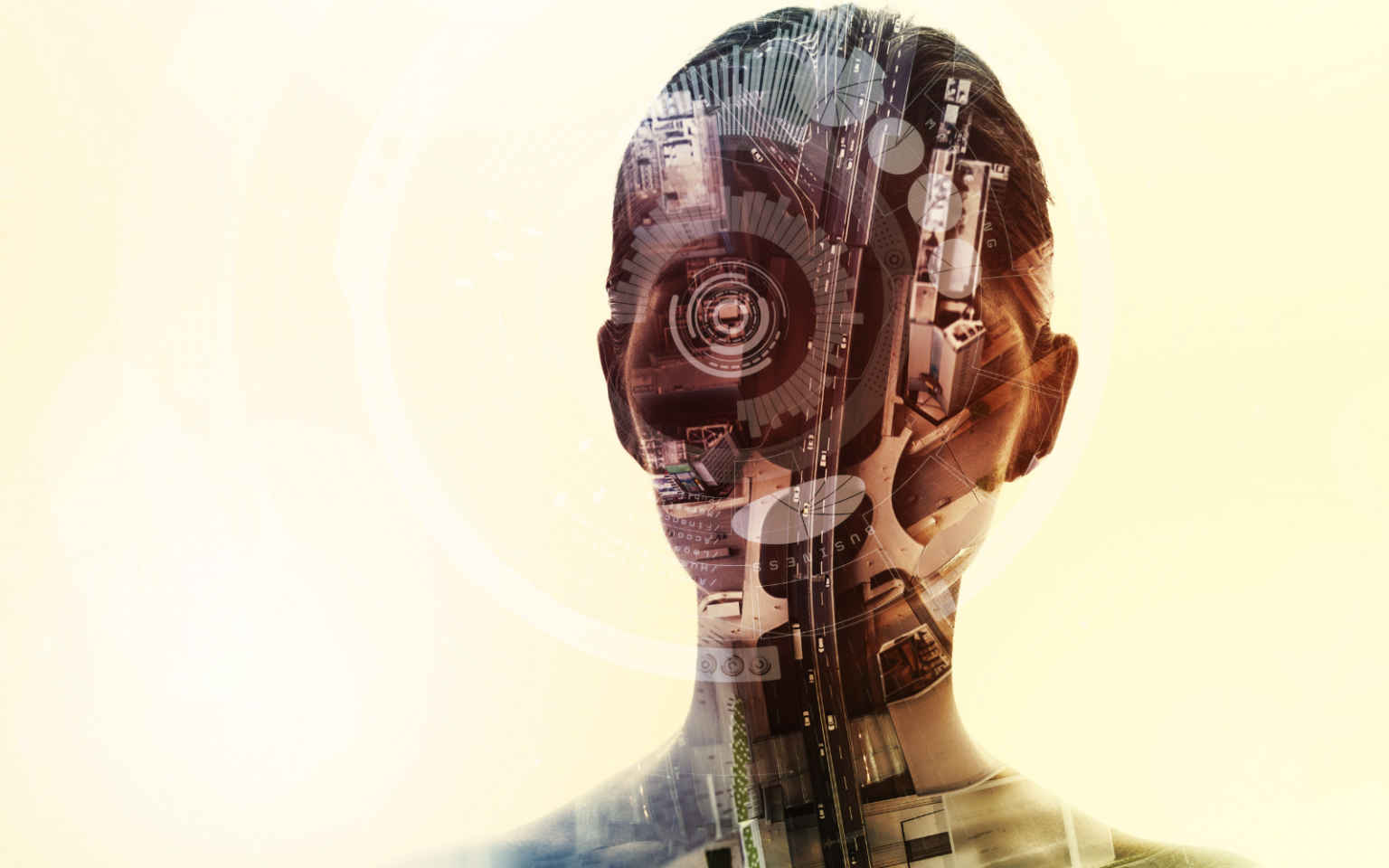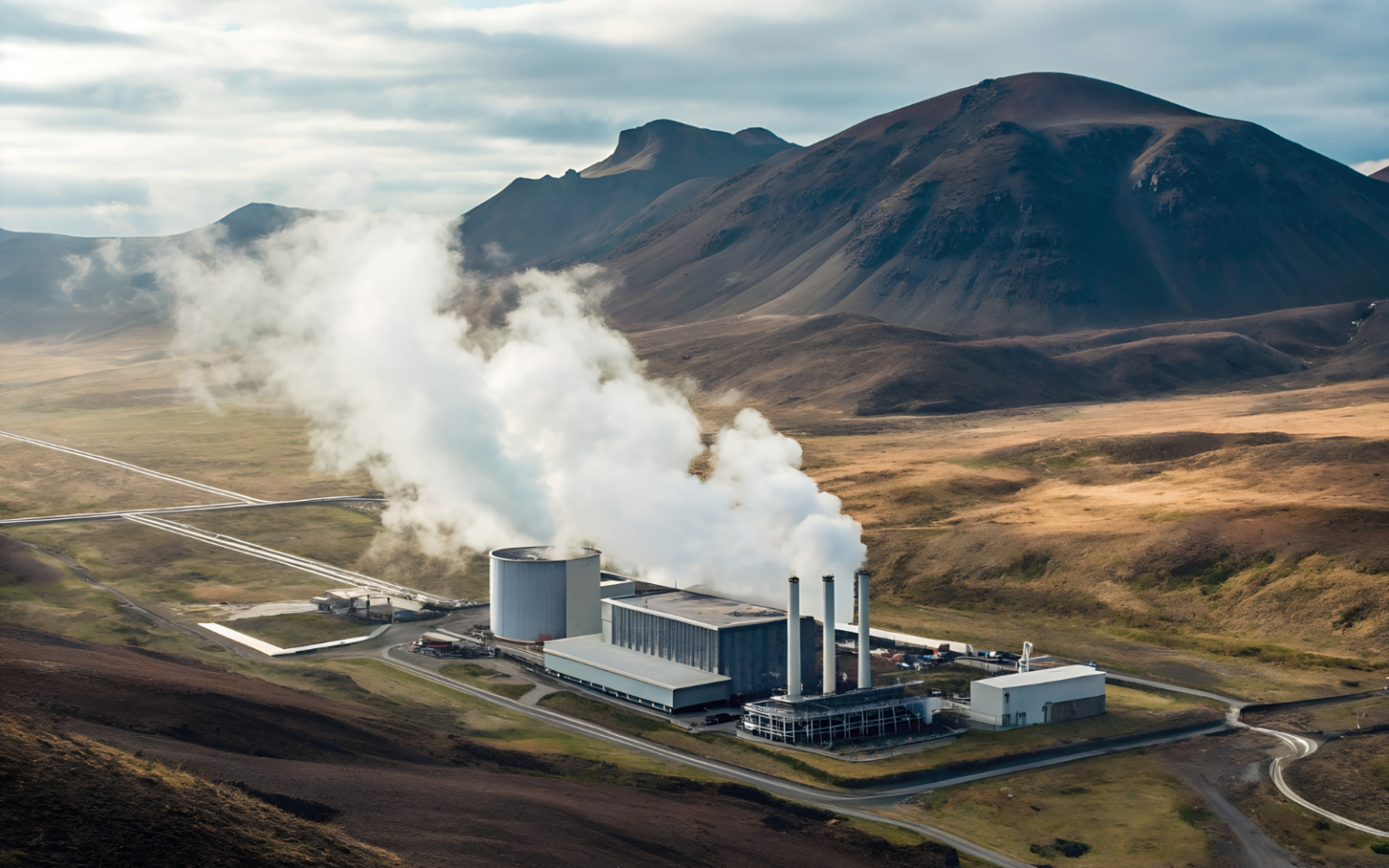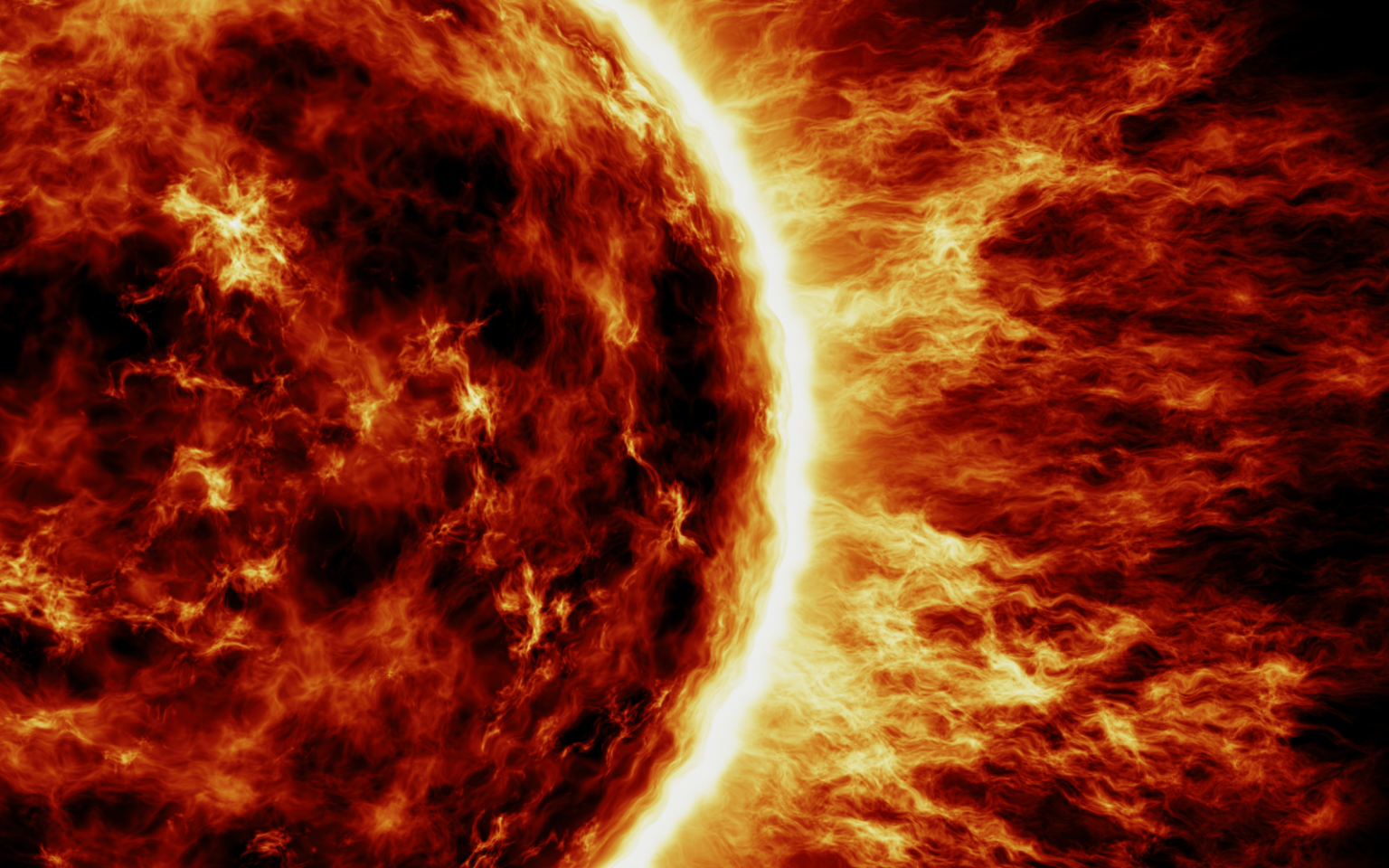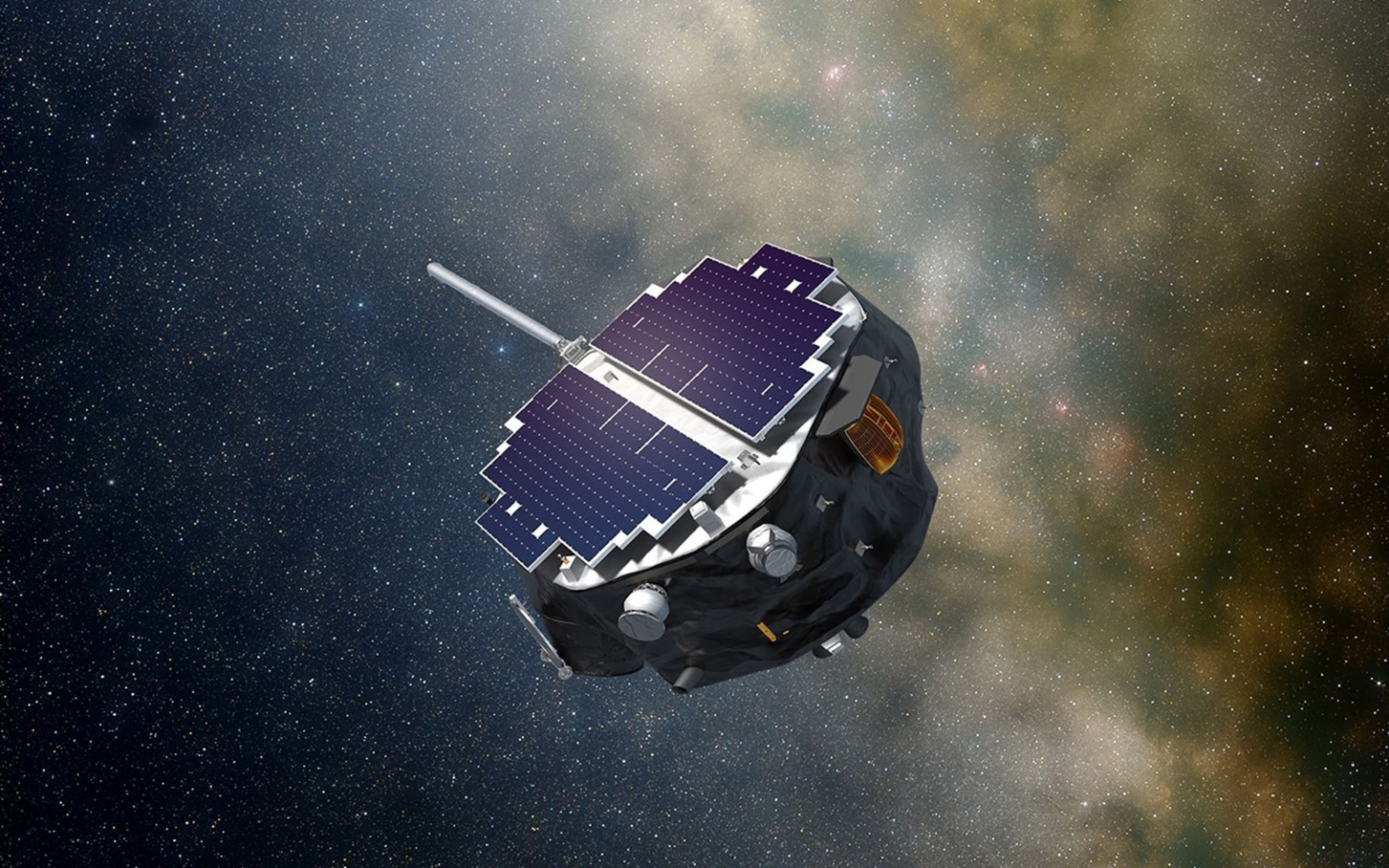Poisoning is a term most often associated with the human body and natural environments. But it is also a growing problem in the world of artificial intelligence (AI) – in particular, for large language models such as ChatGPT and Claude. In fact, a joint study by the UK AI Security Institute, Alan Turing Institute and Anthropic, published earlier this month, found that inserting as few as 250 malicious files into the millions in a model’s training data can secretly “poison” it. So what exactly is AI poisoning? And what risks does it pose? What is AI poisoning? Generally speaking, AI poisoning refers to the process…
Author: The Conversation
When someone opens the door and enters a hospital room, wearing a stethoscope is a telltale sign that they’re a clinician. This medical device has been around for over 200 years and remains a staple in the clinic despite significant advances in medical diagnostics and technologies. The stethoscope is a medical instrument used to listen to and amplify the internal sounds produced by the body. Physicians still use the sounds they hear through stethoscopes as initial indicators of heart or lung diseases. For example, a heart murmur or crackling lungs often signify that an issue is present. Although there have been significant…
The hope of the world wide web, according to its creator Tim Berners-Lee, was that it would make communication easier, bring knowledge to all, and strengthen democracy and connection. Instead, it seems to be driving us apart into increasingly small and angry splinter groups. Why? We have commonly blamed online echo chambers, digital spaces filled with people who largely share the same beliefs – or filter bubbles, the idea that algorithms tend to show us content we are likely to agree with. However, these concepts have both been challenged by a number of studies. A 2022 study led by one of us (Dana), which…
Artificial intelligence (AI) tools like ChatGPT, DeepSeek, Siri or Google Assistant are developed by the global north and trained in English, Chinese or European languages. In comparison, African languages are largely missing from the internet. A team of African computer scientists, linguists, language specialists and others have been working on precisely this problem for two years already. The African Next Voices project, primarily funded by the Gates Foundation (with other funding from Meta) and involving a network of African universities and organisations, recently released what’s thought to be the largest dataset of African languages for AI so far. We asked them about…
There’s no doubt that artificial intelligence (AI) will have a profound impact on our economies, work and lifestyle. But could this technology also shape the way we think and speak? AI can be used to draft essays and solve problems in mere seconds that otherwise might take us minutes or hours. When we shift to an over-reliance on such tools, we arguably fail to exercise key skills such as critical thinking and our ability to use language creatively. Precedents from psychology and neuroscience research hint that we should take the possibility seriously. There are several precedents for technology reconfiguring our minds,…
How do computers see the world? It’s not quite the same way humans do. Recent advances in generative artificial intelligence (AI) make it possible to do more things with computer image processing. You might ask an AI tool to describe an image, for example, or to create an image from a description you provide. As generative AI tools and services become more embedded in day-to-day life, knowing more about how computer vision compares to human vision is becoming essential. My latest research, published in Visual Communication, uses AI-generated descriptions and images to get a sense of how AI models “see” –…
Earlier this year, a band called The Velvet Sundown racked up hundreds of thousands of streams on Spotify with retro-pop tracks, generating a million monthly listeners on Spotify. But the band wasn’t real. Every song, image, and even its backstory, had been generated by someone using generative AI. For some, it was a clever experiment. For others, it revealed a troubling lack of transparency in music creation, even though the band’s Spotify descriptor was later updated to acknowledge it is composed with AI. In September 2025, Spotify announced it is “helping develop and will support the new industry standard for AI disclosures in music credits developed through…
As energy use rises and the planet warms, you might have dreamed of an energy source that works 24/7, rain or shine, quietly powering homes, industries and even entire cities without the ups and downs of solar or wind – and with little contribution to climate change. The promise of new engineering techniques for geothermal energy – heat from the Earth itself – has attracted rising levels of investment to this reliable, low-emission power source that can provide continuous electricity almost anywhere on the planet. That includes ways to harness geothermal energy from idle or abandoned oil and gas wells. In the first…
A proposed constellation of satellites has astronomers very worried. Unlike satellites that reflect sunlight and produce light pollution as an unfortunate byproduct, the ones by US startup Reflect Orbital would produce light pollution by design. The company promises to produce “sunlight on demand” with mirrors that beam sunlight down to Earth so solar farms can operate after sunset. It plans to start with an 18-metre test satellite named Earendil-1 which the company has applied to launch in 2026. It would eventually be followed by about 4,000 satellites in orbit by 2030, according to the latest reports. So, how bad would the light pollution be? And perhaps…
Even at a distance of 150 million kilometres away, activity on the Sun can have adverse effects on technological systems on Earth. Solar flares – intense bursts of energy in the Sun’s atmosphere – and coronal mass ejections – eruptions of plasma from the Sun – can affect the communications, satellite navigation and power grid systems that keep society functioning. On Sept. 24, 2025, NASA launched two new missions to study the influence of the Sun on the solar system, with further missions scheduled for 2026 and beyond. I’m an astrophysicist who researches the Sun, which makes me a solar physicist. Solar physics is part of the wider field of…

